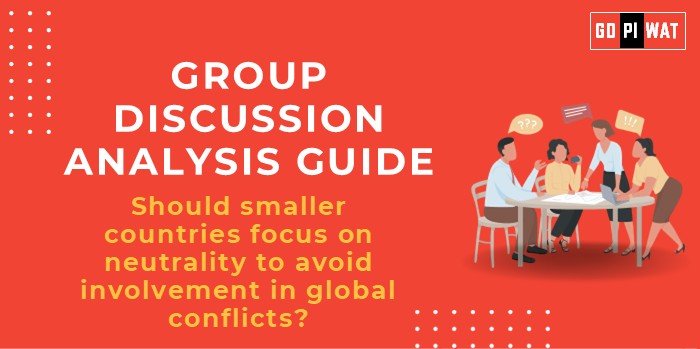📋 Group Discussion (GD) Analysis Guide: Introduction to Global Standards for Education
🌐 Introduction to the Topic
📖 Opening Context
Education serves as the cornerstone for socio-economic development globally. Adopting global education standards offers a unified framework to address disparities and foster international collaboration.
📜 Topic Background
The push for standardizing education stems from globalization and interconnectedness, demanding comparable skills and knowledge frameworks worldwide. Initiatives like UNESCO’s Education 2030 Framework aim to promote equity, quality, and lifelong learning.
📊 Quick Facts and Key Statistics
- 💰 UNESCO Education Spending Recommendation: 4-6% of GDP for education; over 50% of nations fall short.
- 📚 Global Literacy Rate: 86.3% (2022), with substantial disparities in low-income countries.
- 🎓 International Student Mobility: 5.6 million students studied abroad in 2022, showing the demand for global alignment.
- 🌍 SDG 4 (Quality Education): Targets universal primary education by 2030, achieved only by 10% of low-income nations.
🤝 Stakeholders and Their Roles
- 🏛️ Governments: Policy-making, curriculum development, funding.
- 🌐 International Organizations (e.g., UNESCO, OECD): Set global benchmarks, promote inclusive policies.
- 💼 Private Sector: Drives innovation in EdTech and professional certifications.
- 👩🏫 Educators and Students: Implement and adapt standards locally.
🏆 Achievements and Challenges
✨ Achievements
- 🤝 Cross-Border Collaboration: PISA standards adopted in 80+ countries.
- 🌐 Education Technology Growth: Universal access via platforms like Khan Academy and Coursera.
- 📈 Economic Benefits: A standardized framework boosts workforce mobility and reduces skill gaps.
⚠️ Challenges
- 🌀 Cultural Diversity: Standardization risks undermining local educational values.
- 💸 Economic Disparities: Developing nations face resource limitations for implementation.
- 📚 Resistance from Stakeholders: Localized curriculums often clash with global benchmarks.
🌍 Global Comparisons
- ✅ Success: Finland’s high PISA rankings due to emphasis on quality teacher training.
- 🌟 Success: Singapore combines rigorous standards with localized adaptations for success.
💡 Structured Arguments for Discussion
- ✅ Supporting Stance: “Global education standards can drive equitable access and foster international competitiveness.”
- 🛑 Opposing Stance: “Standardization could erode cultural diversity and impose one-size-fits-all solutions.”
- ⚖️ Balanced Perspective: “While beneficial for global mobility, global standards should allow regional customizations.”
🎯 Effective Discussion Approaches
- 📊 Use a compelling statistic: “Global literacy rate gaps highlight the importance of universal benchmarks.”
- 📚 Highlight contrasting education systems: “Finland and Singapore exemplify success with adaptable global standards.”
⚙️ Counter-Argument Handling
- 🛠️ Acknowledge local challenges but advocate for flexible standards adaptable to cultural contexts.
🧠 Strategic Analysis of Strengths and Weaknesses
- 💪 Strengths: Improved comparability, increased mobility, global workforce readiness.
- 🛠️ Weaknesses: Risk of cultural dilution, cost-intensive implementation.
- 🌟 Opportunities: Leverage EdTech, align with Sustainable Development Goals.
- ⚠️ Threats: Resistance from nationalists, resource gaps in developing regions.
🏫 Connecting with B-School Applications
📚 Real-World Applications
- 🌍 Integrate into courses on international business, policy-making, and cultural studies.
🎓 Sample Interview Questions
- ❓ “How can global education standards address workforce skill gaps?”
- ❓ “What role does technology play in standardizing education?”
💡 Insights for B-School Students
- 📈 Highlight adaptability and cross-cultural collaboration as critical skills for leadership in globalized contexts.


